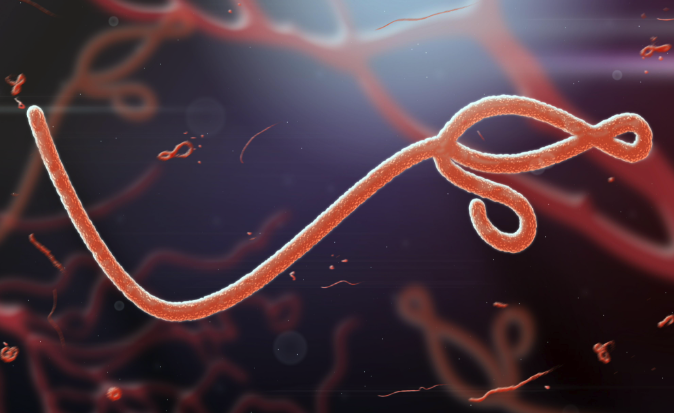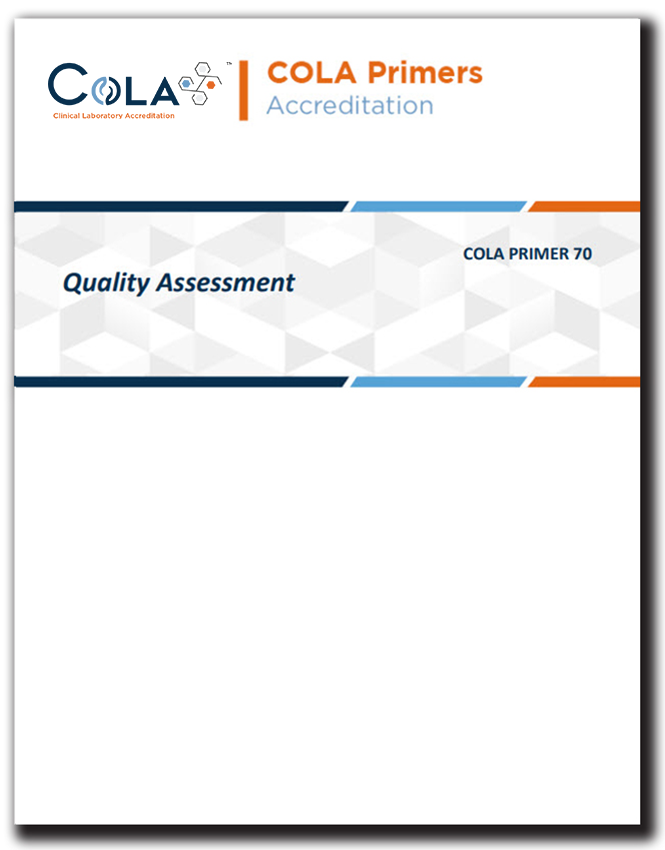CDC Issues Health Alert for Mpox Cases in the Democratic Republic of the Congo
On December 7, 2023, the CDC issued a laboratory advisory and health alert for Monkeypox cases in the Democratic Republic of the Congo. For more information please visit this link.







